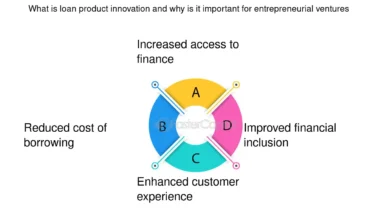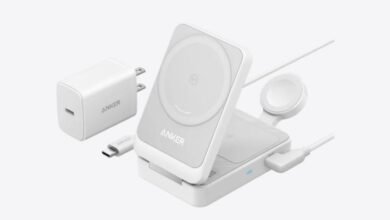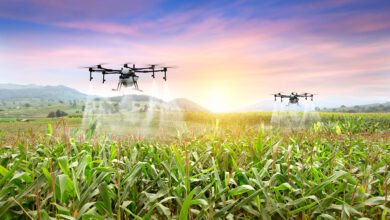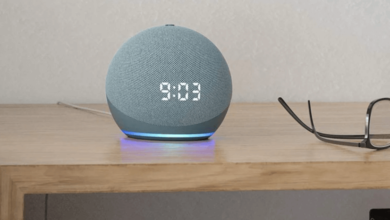Key Lifestyle Changes to Lower Hypertension in the Elderly
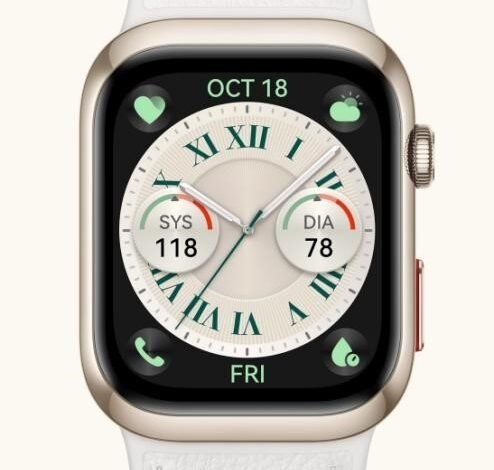
Hypertension, or high blood pressure, is a common health concern among the elderly. Managing this condition is crucial to preventing complications such as heart disease and stroke. Lifestyle changes can significantly improve blood pressure levels and overall well-being in older adults. This blog explores essential lifestyle changes to help lower hypertension, focusing on diet, exercise, stress management, and the use of advanced health monitoring technology like the HUAWEI WATCH D2.
What Dietary Changes Can Help Reduce Hypertension?
The Importance of a Low-Sodium Diet
Reducing sodium intake is essential in managing hypertension. Excessive sodium consumption can lead to fluid retention, which increases blood pressure. The elderly should aim to consume no more than 1,500 mg of sodium daily. Reading food labels and choosing low-sodium alternatives can help achieve this goal. Incorporating fresh, home-cooked meals instead of processed foods is one of the most effective strategies to reduce sodium intake.
Benefits of Potassium-Rich Foods
Potassium helps balance the amount of sodium in cells, promoting better blood pressure levels. Foods high in potassium include bananas, oranges, spinach, and sweet potatoes. These foods not only support blood pressure management but also provide essential nutrients for overall health. Incorporating a variety of potassium-rich foods into the diet can help maintain optimal blood pressure levels while boosting nutrient intake.
Role of a Plant-Based Diet in Hypertension Control
A plant-based diet emphasizes fruits, vegetables, whole grains, nuts, and legumes. This type of diet is naturally low in sodium and rich in nutrients and fiber, which aids in blood pressure control. Studies have shown that individuals who consume plant-based diets tend to have lower blood pressure. Transitioning to a plant-based regimen can be a game-changer for elderly individuals battling hypertension, offering a nutritious and heart-healthy dietary approach.
How Does Exercise Contribute to Managing High Blood Pressure?
Recommended Physical Activities for Seniors
Regular physical activity can significantly lower blood pressure. For seniors, activities such as walking, swimming, and cycling are excellent options. These exercises are gentle on the joints while promoting cardiovascular health. Engaging in at least 150 minutes of moderate-intensity exercise per week can lead to substantial improvements in blood pressure. Tailoring exercise routines to individual capabilities ensures safety and effectiveness.
Benefits of Low-Intensity Workouts
Low-intensity workouts, such as tai chi and gentle yoga, are beneficial for elderly individuals with hypertension. These exercises improve flexibility, balance, and overall cardiovascular function without overexertion. Low-intensity workouts can be performed daily, making them a sustainable option for maintaining consistent physical activity. Incorporating these exercises into the daily routine can enhance physical health and manage hypertension effectively.
Tracking Activity with Health Wearables
Health wearables, such as the HUAWEI WATCH D2, play a crucial role in tracking physical activity. These devices monitor daily step counts, heart rate, and even sleep quality. For the elderly, wearables provide motivation and accountability for maintaining an active lifestyle. The HUAWEI WATCH D2 offers advanced features like 80+ exercise modes and pinpoint GNSS positioning, making it easier than ever to engage in various activities and track progress efficiently.

Can Stress Reduction Techniques Lower Hypertension?
Benefits of Meditation and Yoga
Meditation and yoga are powerful tools for stress reduction, which in turn helps lower blood pressure. These practices encourage relaxation, improve breathing, and promote overall mental well-being. Seniors can benefit from incorporating daily meditation or yoga sessions into their routine. These activities not only help in reducing hypertension but also enhance mood and overall quality of life.
The Role of Sleep in Managing Blood Pressure
Adequate sleep is crucial for blood pressure regulation. Poor sleep can lead to increased stress levels and hypertension. Seniors should aim for 7-8 hours of quality sleep per night. Establishing a regular sleep schedule and creating a calming bedtime routine can improve sleep quality. Using wearables like the HUAWEI WATCH D2 to monitor sleep patterns provides valuable insights and helps in making necessary adjustments for better sleep health.
Using Technology for Stress Management
Technology can aid in managing stress, thus helping to control hypertension. Apps like HUAWEI Health+ offer guided meditations, breathing exercises, and sleep music, which are designed to reduce stress and promote relaxation. These resources are easily accessible and can be tailored to individual needs. Utilizing such technological tools empowers seniors to take proactive steps in managing their stress levels and improving their blood pressure.
How Can Technology Aid in Hypertension Management
Blood Pressure Monitoring with Wearables
Wearables like the HUAWEI WATCH D2 offer continuous blood pressure monitoring. The watch’s advanced TruSense system with high-precision sensors ensures accurate blood pressure readings. The device allows for on-the-go measurements, making it convenient for elderly users to keep track of their blood pressure regularly. With features like an inflatable airbag for precise measurements, users can monitor their blood pressure efficiently throughout the day and night.
Real-Time Health Data Analysis
Real-time health data analysis provided by wearables is invaluable for managing hypertension. The HUAWEI WATCH D2 offers a handy Health Glance report featuring crucial indicators displayed in intuitive graphs. This real-time data helps seniors and their healthcare providers make informed decisions about their health. The ability to see dynamic trends and average readings aids in adjusting lifestyle habits and medications promptly.
Staying Connected with Health Apps
Health apps connect seniors with their health data and help them manage hypertension effectively. The HUAWEI WATCH D2 integrates seamlessly with health apps, providing access to comprehensive health reports and insights. Features like Bluetooth calling and the ability to create a health community for family connections enhance support systems. Seniors can monitor their blood pressure, heart rate, and other health metrics conveniently, ensuring better management of their condition.
Conclusion
Lowering hypertension in the elderly involves a holistic approach that includes dietary changes, regular physical activity, stress management, and advanced health monitoring. Incorporating a low-sodium, plant-based diet, engaging in suitable exercise, practicing stress reduction techniques, and utilizing technology like the HUAWEI WATCH D2 can significantly improve blood pressure levels and overall health. Adapting these lifestyle changes empowers seniors to take control of their health, leading to a better quality of life and reduced risk of hypertension-related complications.

